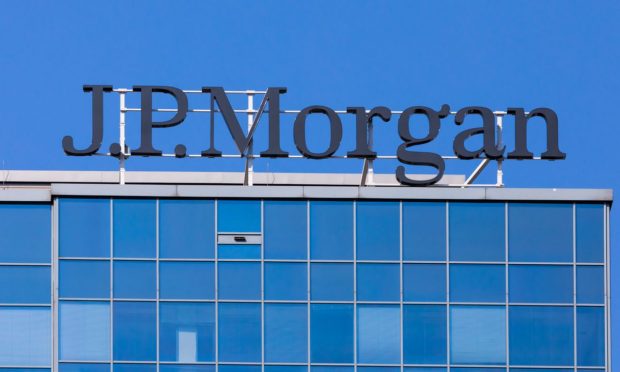JPMorgan: Tech and Product Investments to Top $2.8B in 2022

J.P. Morgan’s investor day Monday (May 23) had all eyes on Wall Street focusing on net interest margins and CEO Jamie Dimon’s take on macro-related opportunities and challenges.
But the filings offered alongside the day’s events, and a deeper dive into presentations show that payments, and a significant digital transformation of the business, will be key top-line and bottom-line drivers for the bank in the months and years ahead. Many of those initiatives show a pivot toward digital, account-related activity that far outpaces what has been seen prior.
Supplemental slides from the company show that tech modernization efforts will top $2.8 billion in 2022, up from $1.8 billion seen in 2019. Those efforts, management said on the event call, will support more than $5 trillion in payments volume and will result in an 18% reduction in card and retail call volumes per account in 2019.
Omnichannel Wealth
The firm will also seek to launch a new, omnichannel wealth planning platform.
Those efforts, and others, are underpinned by the fact that more than 65% of all accounts were opened digitally in 2021.
Digital consumer banking activity is ramping up, per data that show that mobile active community banking members are up 35% to 46 million, and 70% of those customers have visited physical branches. There are roughly 35 monthly debit transactions per active customers.
Overall money movement was 90% digital last year.
Business banking deposit clients have grown by 37% since 2017 to stand at 3.5 million as of last year. Takis Georgakopoulos, global head of J.P. Morgan Payments, said in his own presentation that the percent of new business clients that are multi-client has grown by five percentage points. Seventy percent of the firm’s commercial clients use J.P. Morgan as their primary operating account (80% of them are also consumer bank customers).
But in reference to greenfield opportunities, he said, Graphite Express, the global real-time payments network, should be enabled in 54 countries this year, up from 45, with 75% market share of U.S. real-time payment volume.
Glass, the liquidity platform, has seen a cumulative investment of $115 million from 2019 to 2022.
“This is testament to the importance of investing early,” he said, adding that “everything we do in our business is for real use cases with institutional clients.”